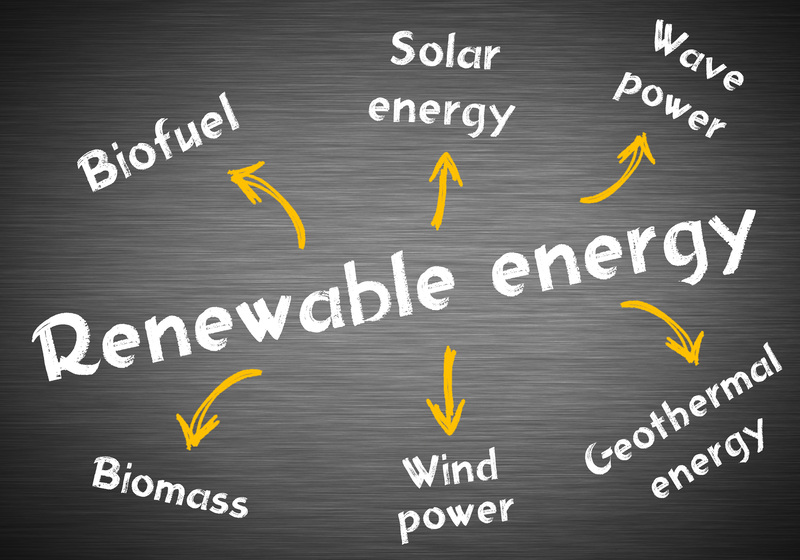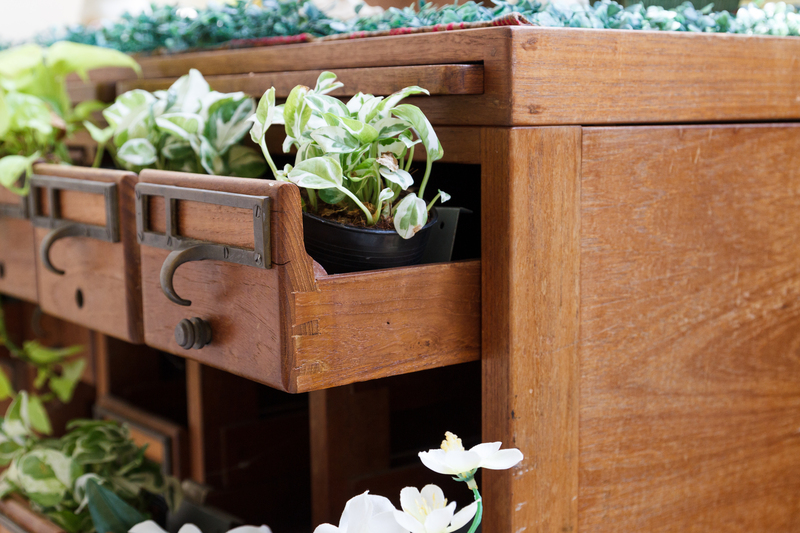A Sustainable Future: The Role of Wood Waste
In today's world, the importance of sustainability has never been more critical. As global populations continue to rise, so too does the demand for resources. One often overlooked resource is wood waste. This byproduct of industry can be harnessed to drive environmental change and promote a circular economy. Let's explore how wood waste can pave the way toward a sustainable future.
Understanding Wood Waste
Wood waste encompasses all types of discarded wood materials, including sawdust, wood chips, shavings, and offcuts from various industrial and manufacturing processes. Traditionally seen as an unwanted byproduct, wood waste can, in fact, be a valuable asset in numerous applications.
Sources of Wood Waste
- Construction and Demolition: Building projects produce significant amounts of wood waste in the form of offcuts, pallets, and discarded materials.
- Forestry Operations: Harvesting trees often results in leftover branches, stumps, and other materials.
- Wood Manufacturing: This includes furniture making, millwork, and plywood production, which all yield waste.
- Household Waste: Old furniture, wooden products, and packaging materials contribute to wood waste.

The Environmental Impact of Wood Waste
Traditionally, wood waste has been discarded in landfills, contributing to greenhouse gas emissions as it decomposes. However, when managed correctly, it can actually reduce environmental impact and enhance sustainability.
Benefits of Reusing Wood Waste
- Reduction of Greenhouse Gases: By diverting wood waste from landfills, we can significantly decrease methane emissions.
- Conservation of Resources: Recycling wood waste preserves forests and reduces the need for raw timber.
- Energy Production: Biomass energy sourced from wood waste can provide a renewable energy alternative.
Innovative Uses of Wood Waste
Wood waste can be repurposed into a variety of products and solutions that promote environmental sustainability:
1. Bioenergy Production
Wood waste can be converted into biomass energy, an efficient renewable energy source that can power homes, industries, and businesses. This involves burning wood chips and sawdust to produce heat, steam, or electricity, offering a sustainable alternative to fossil fuels.
2. Composting and Soil Enrichment
As a natural material, wood waste can be composted to add carbon to soils, improving soil health and fertility. When mixed with other organic waste, it can create a nutrient-rich compost beneficial for agriculture.
3. Manufacturing and Industrial Use
Wood waste can be transformed into products such as particleboard and fiberboard, which are essential materials in the construction and furniture industry. Utilizing these byproducts reduces the demand for new timber and creates a more sustainable production cycle.
4. Innovative Biomaterials
Research is underway into converting wood waste into biodegradable plastics and advanced materials. These innovations hold promise for reducing plastic pollution and promoting the use of sustainable materials.
Economic Benefits of Utilizing Wood Waste
Aside from its environmental advantages, wood waste also offers numerous economic opportunities:
- Cost Reduction: Industries can save money by repurposing their wood waste instead of paying for its disposal.
- Job Creation: The development of new industries and technologies around wood waste can create employment opportunities in green sectors.
- Revenue Streams: Selling processed wood waste products provides an additional income source for companies.
The Role of Technology in Managing Wood Waste
Advancements in technology have revolutionized the way we manage and utilize wood waste. Innovative machines and processing technologies ensure that no resource goes to waste. Here are some technological advancements in this field:
Automated Sorting Systems
These systems efficiently separate wood waste from other materials in the recycling stream, increasing the quality and usability of recovered wood.
Pyrolysis Technology
This cutting-edge technology enables the conversion of wood waste into biochar or bio-oils, which can be used as soil amendments or biofuels.
3D Printing with Wood Waste
With the rise of 3D printing, wood waste can be transformed into a sustainable filament for printing objects, minimizing consumption of new raw materials.

Challenges in Wood Waste Utilization
While the potential for wood waste is vast, several challenges remain:
- Collection and Transportation: Gathering dispersed wood waste and transporting it to processing facilities can be costly and logistically complex.
- Market Demand: While awareness is growing, demand for products made from wood waste remains a barrier to widespread adoption.
- Technological Limitations: Some applications for wood waste are still in the experimental phase and require further development and investment.
The Path Forward
To fully realize the potential of wood waste, collaborative efforts are needed between governments, businesses, researchers, and communities. Promoting awareness, investing in research, and creating incentives for wood waste recycling can position it as a keystone in achieving a sustainable future. With concerted efforts, wood waste could play a critical role in combating climate change and securing an environmentally responsible future for generations to come.
In conclusion, harnessing the power of wood waste offers significant environmental, economic, and technological advantages. As we seek to create a sustainable future, incorporating wood waste into our strategies is a vital step toward a greener planet.